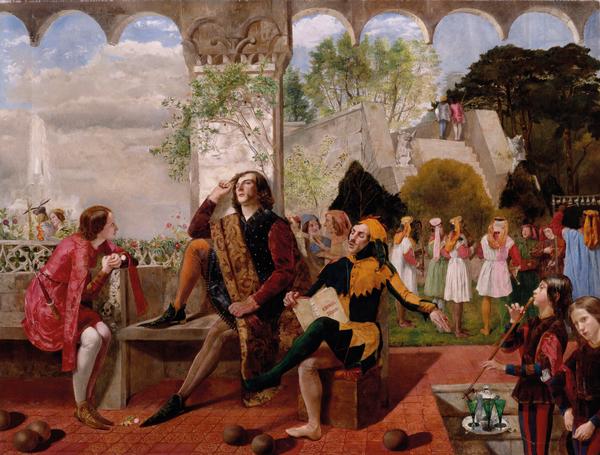The Pre-Raphaelites and their Followers
The Pre-Raphaelites and their Followers
The Pre-Raphaelites engaged in a new chapter in British painting, shocking the majority of the well known critics, including the novelist Charles Dickens. The youthful rebellion considered the traditions of British art, particularly landscape and portrait paintings, as dull and stagnant and in turn executed their works with incredible detail, vibrancy and intense realism. They wanted to revive the brilliance of colour found in Quattrocento art, using a white ground whilst layering thin glazes of pigment resulting in beautiful jewel-like images.
We look at the work of the three most important founding members, Sir John Everett Millais, William Holman Hunt and Dante Gabriel Rossetti and we discuss the other members William Michael Rossetti, Thomas Woolner, Frederick George Stephens and James Collinson.
The Pre-Raphaelite movement was short lived (1848-1854), although its influence continued throughout the 19th and 20th centuries, with many of their followers, such as Arthur Hughes, John Brett, Frederick Sandys and John William Waterhouse, creating outstanding images. We discuss some of these works, which still stand in the eyes of the British public as some of the most popular paintings ever created by British artists.




